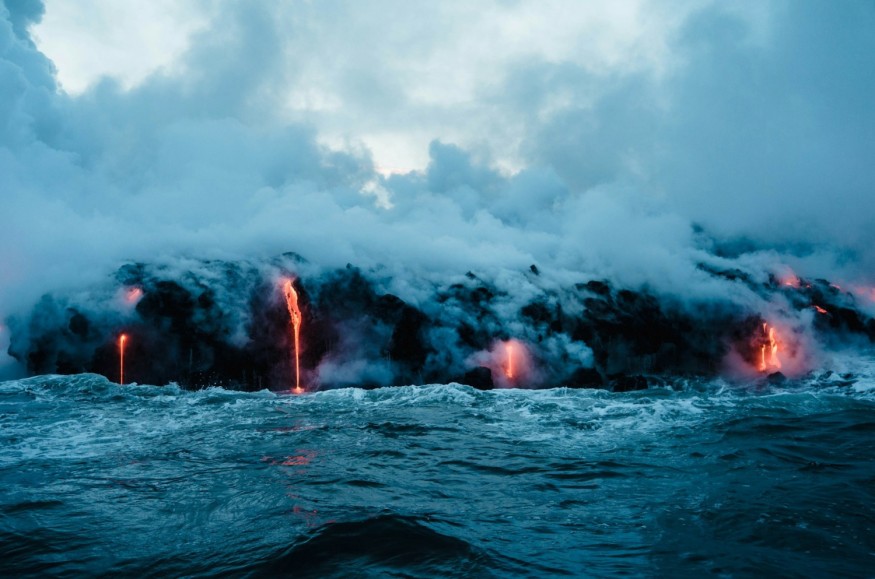Cold lava flow, consisting of volcanic ash, water, and rock debris, along with flash floods have killed dozens of people and wreaked havoc in Western Indonesia. The catastrophe was caused by a torrential rain that occurred in recent days. It triggered lava from an active volcano and the rise of raging floodwaters in Indonesia's West Sumatra province, according to reports on Monday, May 13.
Among the casualties from the natural disaster included the confirmed deaths of at least 41 people. In addition, multiple people are still missing as of Monday evening (local time). Local authorities stated that reports of the accumulating death toll and missing people came following the heavy rain, which led to the flooding and cold lava flow, in the Indonesian region on Saturday evening, May 11.
Indonesia Flooding Disaster

The Indonesia flooding disaster was triggered by the torrential rain and torrents of cold lava, mud flowing down from Mount Merapi on Sumatra island, based on a statement by local officials on Sunday, May 12. Local reports specify that the region's monsoon rain and a large mudslide from the lava caused a river to overflow and impacted mountainside villages in four districts of the province.
The floodwaters swept away some people and submerged over 100 houses and buildings, spokesperson Abdul Muhari, from the National Disaster Management Agency, reported. As emergency units continue to search for potential survivors, at least 17 people are still missing. Security forces, including the police and the military, have also been deployed in the area.
This is not the first deadly rainfall event that struck Indonesia in 2024. Earlier this year, flash floods and landslides due to torrential rain also killed dozens of people in West Sumatra province, as well as forced the evacuation of more than 70,000 locals. The previous flooding rain in Indonesia occurred during the country's rainy season, which approximately spans from November to March each year.
Cold Lava Flow
Cold lava flow, also called "lahar" or lava flows, which was seen in the recent Indonesia flooding occurs as a life-threatening mudflow or debris that flow down along the slopes of a volcano. According to the Michigan Technological University, a "cold lava flow will not travel far" since it is in a state of high viscosity, with the latter pertaining to a high resistance to flow.
The United States Geological Survey (USGS) defines a lahar as a hot or cold mixture of water and rock fragments. This volcanic substance can move up to 40 miles per hour through obstacles like valley and stream channels. It can also extend more than 50 miles from its point of origin in the volcano.
In the past several decades, similar events have occurred in different parts of the world. In 1985, Colombia witnessed the deadliest lahar ever recorded following the Nevado del Ruiz volcanic eruption, also called the Armero Tragedy.
© 2025 NatureWorldNews.com All rights reserved. Do not reproduce without permission.





